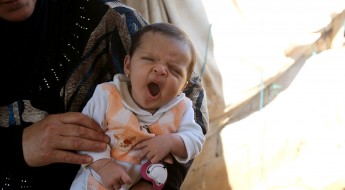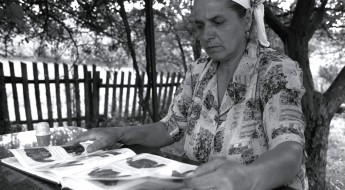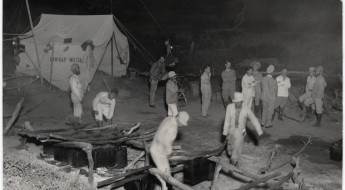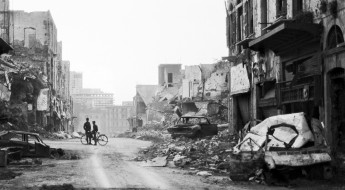From our archives: Children in war
 First World War. Polish children interned in Holzminden camp, Germany. Civilians were interned in camps in many of the countries involved in the fighting. They had either been living in an enemy country when war erupted or driven from their homes by the fighting.ICRC photo library (DR) / hist-03085-25
First World War. Polish children interned in Holzminden camp, Germany. Civilians were interned in camps in many of the countries involved in the fighting. They had either been living in an enemy country when war erupted or driven from their homes by the fighting.ICRC photo library (DR) / hist-03085-25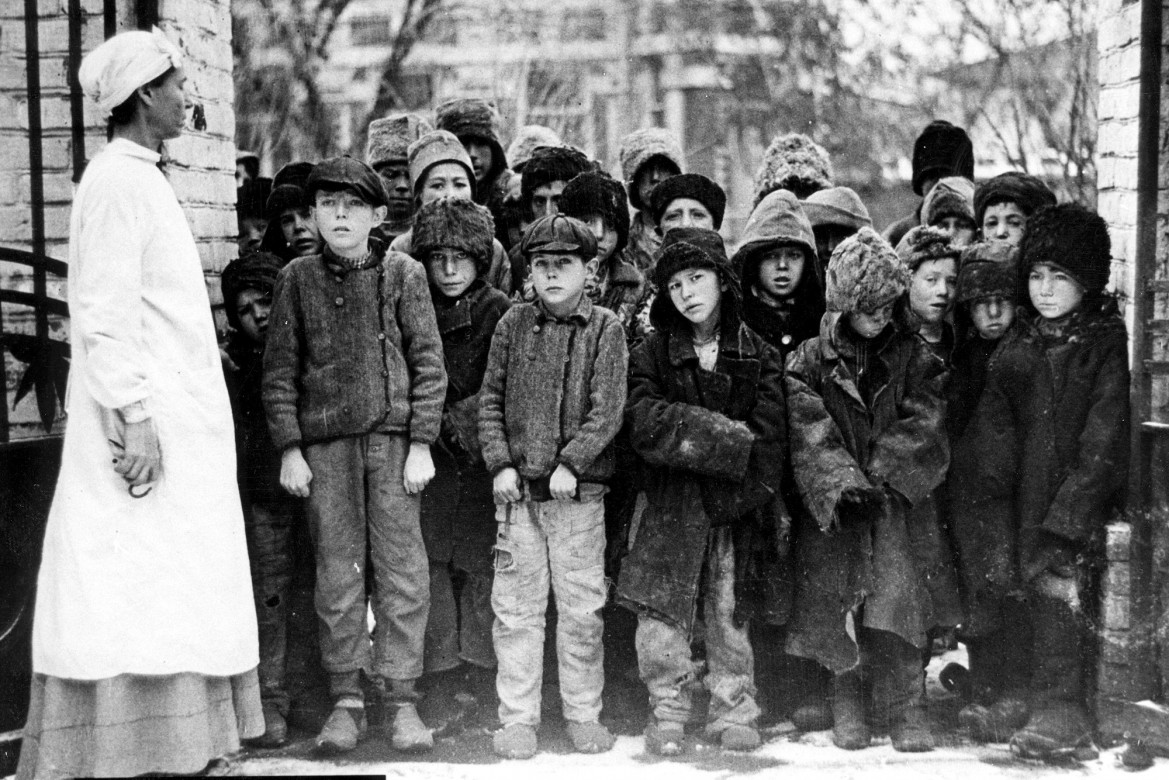 During the great famine in Russia, 1921-1923. Relief for displaced children.Save the Children Fund / hist-01061-17
During the great famine in Russia, 1921-1923. Relief for displaced children.Save the Children Fund / hist-01061-17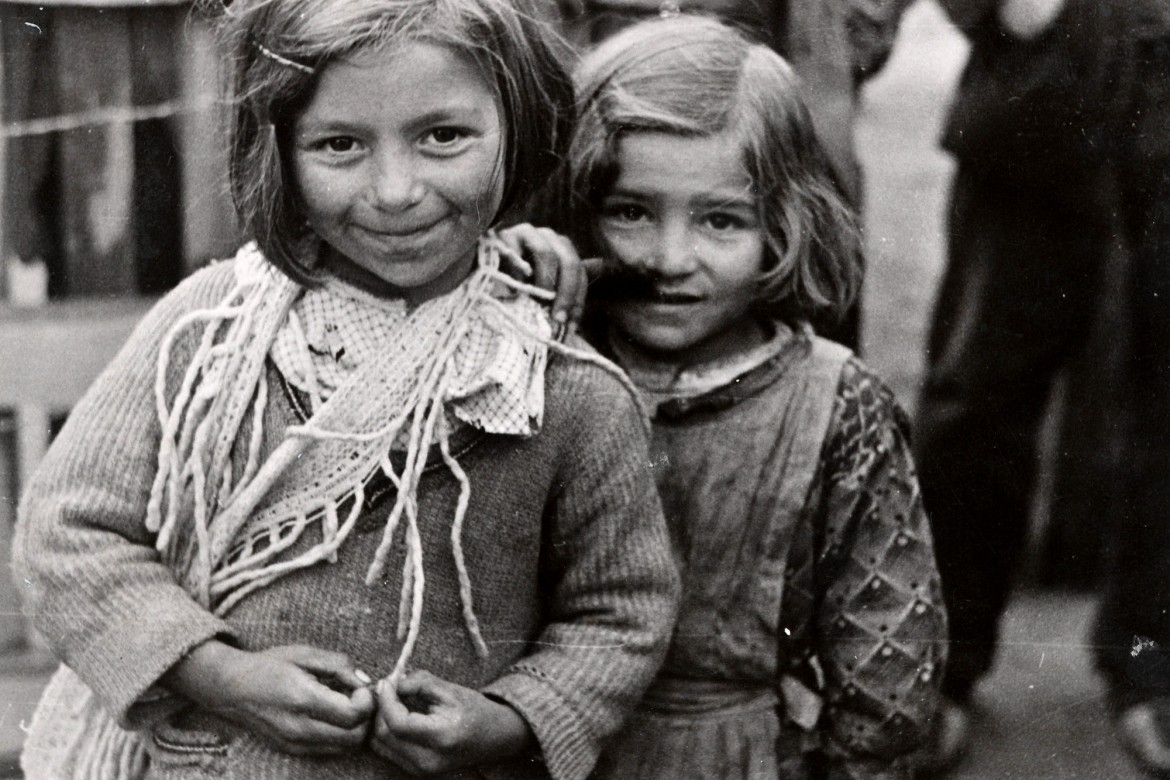 Madrid, during the Spanish Civil War, 1936-1939. Displaced children.ICRC photo library (DR) / hist-01852-04
Madrid, during the Spanish Civil War, 1936-1939. Displaced children.ICRC photo library (DR) / hist-01852-04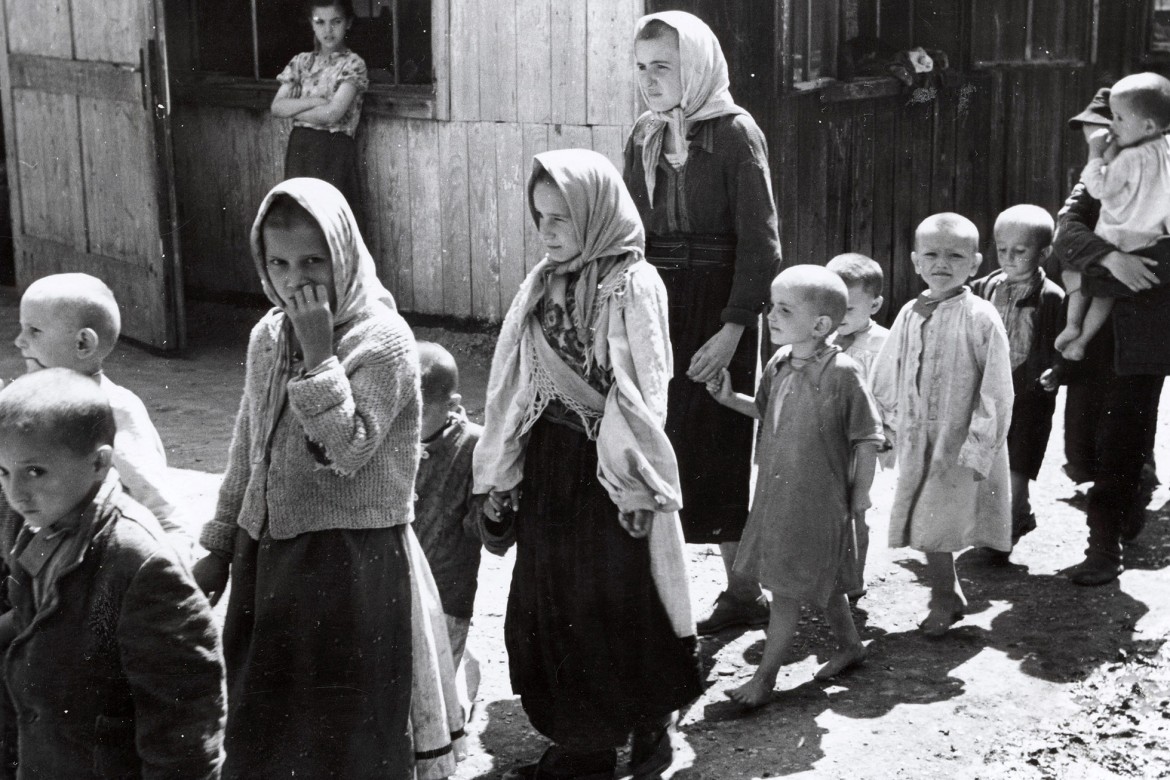 Yugoslavia, 1942. Relief for abandoned and orphaned children.ICRC photo library (DR) / hist-03168-01
Yugoslavia, 1942. Relief for abandoned and orphaned children.ICRC photo library (DR) / hist-03168-01 Czechoslovakia, 1944. Children wearing the yellow star in the Theresienstadt ghetto.ICRC photo library(DR) / M. Rossel / hist-01160-32
Czechoslovakia, 1944. Children wearing the yellow star in the Theresienstadt ghetto.ICRC photo library(DR) / M. Rossel / hist-01160-32 Srinagar, Jammu and Kashmir, during the Indo-Pakistani War of 1948-1950. The local Red Cross organized schooling in the open air for refugee children.ICRC / inpk-n-00002-08
Srinagar, Jammu and Kashmir, during the Indo-Pakistani War of 1948-1950. The local Red Cross organized schooling in the open air for refugee children.ICRC / inpk-n-00002-08 Thessaloniki, Greece, 1950. The Red Cross brings back children who had been sent to Yugoslavia during the war. The children are being reunited with their families after long separation.ICRC photo library (DR) / hist-E-01402
Thessaloniki, Greece, 1950. The Red Cross brings back children who had been sent to Yugoslavia during the war. The children are being reunited with their families after long separation.ICRC photo library (DR) / hist-E-01402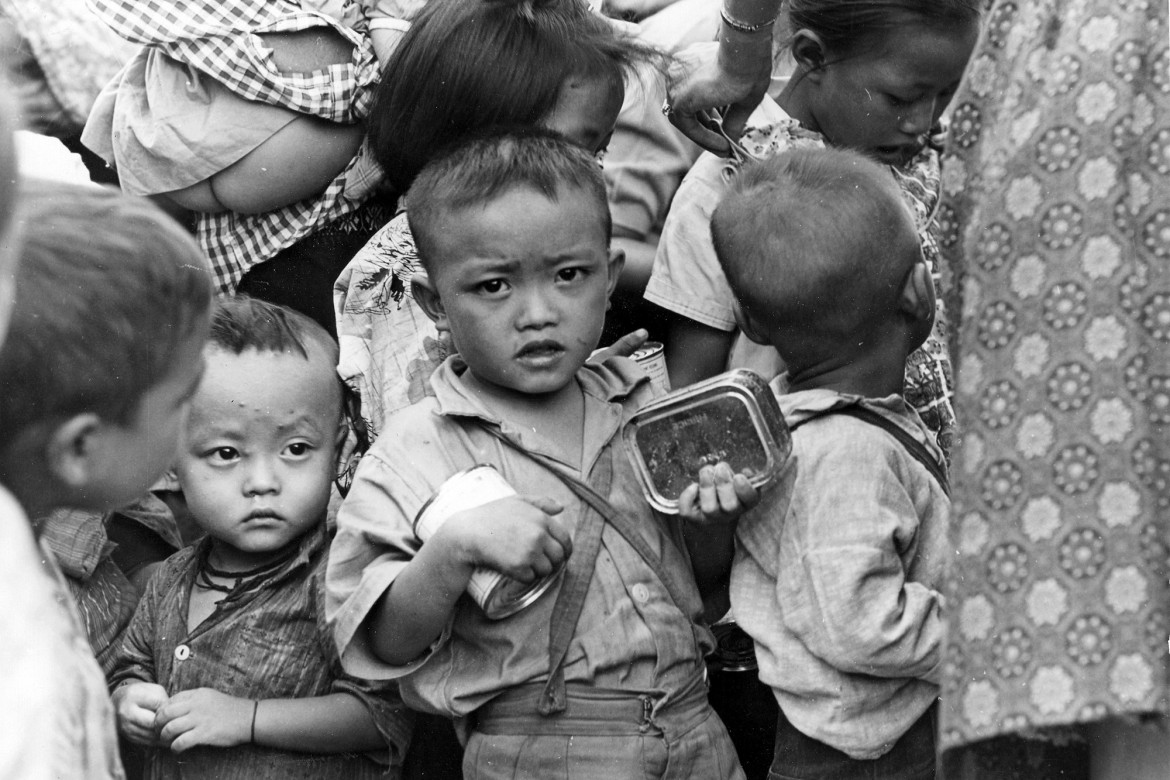 Vientiane, Laos, 1961, during the civil war. Relief being distributed to displaced children from Pathet-Lao-held territory in northern Laos.ICRC photo library (DR) / ng-n-00066-20a
Vientiane, Laos, 1961, during the civil war. Relief being distributed to displaced children from Pathet-Lao-held territory in northern Laos.ICRC photo library (DR) / ng-n-00066-20a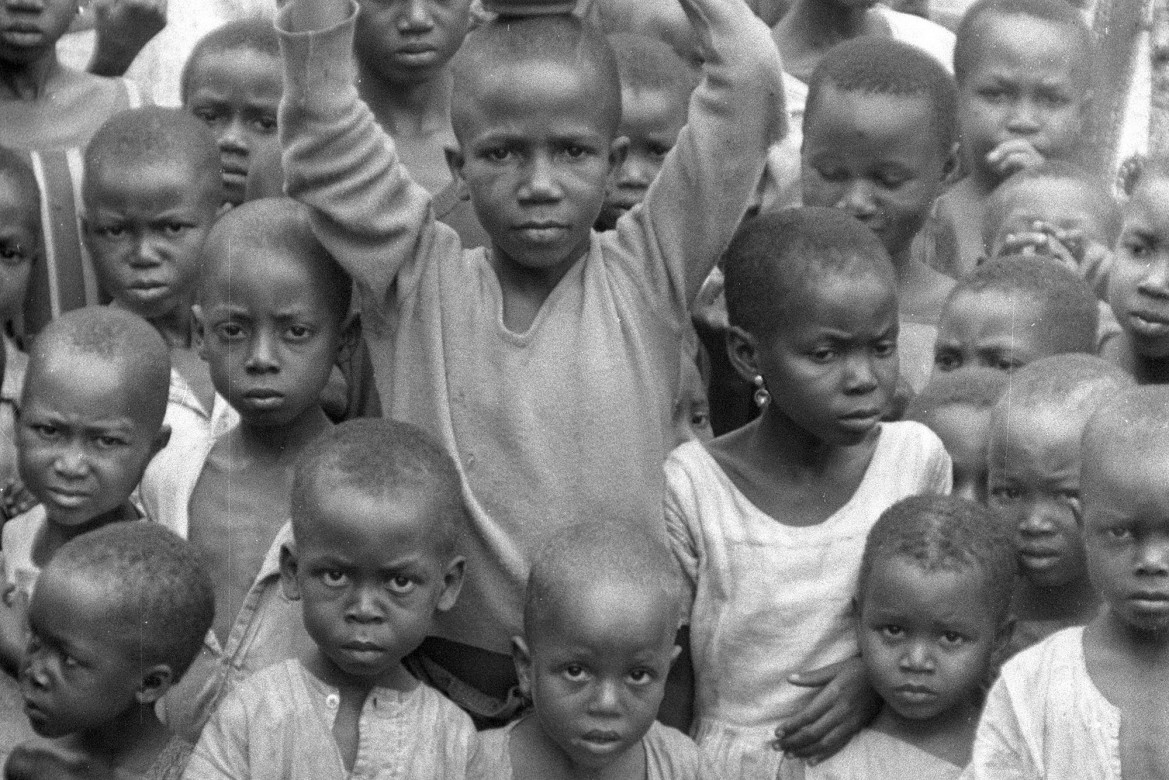 Nigeria, during the Biafra War, 1967-1970. In Ozu-Akoli camp, children wait for a meal. Food aid is particularly important for children as there is a risk of impaired physical and mental development if they are malnourished.ICRC / M. Vaterlaus / ng-n-00066-20A
Nigeria, during the Biafra War, 1967-1970. In Ozu-Akoli camp, children wait for a meal. Food aid is particularly important for children as there is a risk of impaired physical and mental development if they are malnourished.ICRC / M. Vaterlaus / ng-n-00066-20A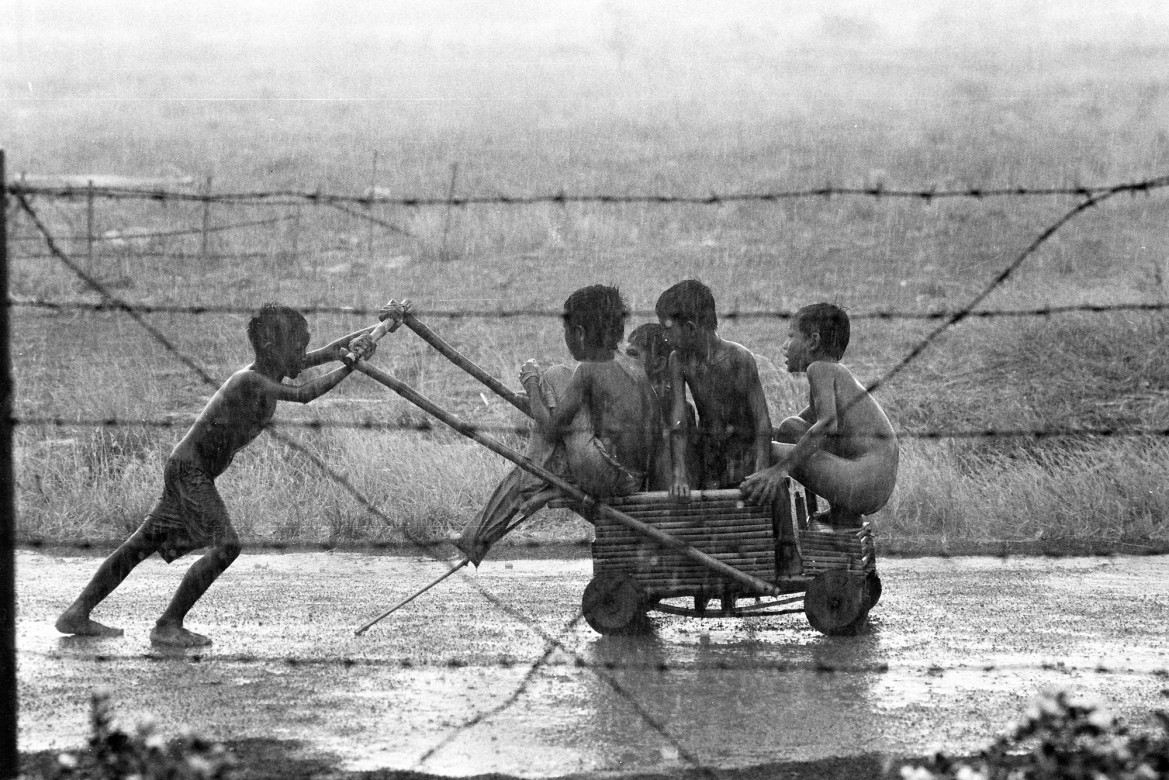 Thailand, 1983. Children play in the rain at Khao-I-Dang refugee camp.ICRC / Y. Muller / th-n-00192-14
Thailand, 1983. Children play in the rain at Khao-I-Dang refugee camp.ICRC / Y. Muller / th-n-00192-14 Andarab Valley. Afghanistan, 1990. Young child soldiers.ICRC / D. Bregnard / af-d-00030-03
Andarab Valley. Afghanistan, 1990. Young child soldiers.ICRC / D. Bregnard / af-d-00030-03 On the border between Rwanda and Zaire, 1994. During the mass exodus of Rwandans fleeing the massacres, tens of thousands of children were separated from their families. The ICRC launched a huge operation to register unaccompanied children in all the neighbouring countries and to find their families. Between 1994 and 1998, 48,000 children were reunited with a family member in Rwanda.ICRC/T. Gassmann / rw-n-00100-10
On the border between Rwanda and Zaire, 1994. During the mass exodus of Rwandans fleeing the massacres, tens of thousands of children were separated from their families. The ICRC launched a huge operation to register unaccompanied children in all the neighbouring countries and to find their families. Between 1994 and 1998, 48,000 children were reunited with a family member in Rwanda.ICRC/T. Gassmann / rw-n-00100-10 Hualla village in, Ayacucho, Peru, 2007. An estimated 13,000 people disappeared during the fighting in Peru in the 1980s. The ICRC was involved not only in tracing people who had disappeared but also in supporting the families left behind. These two children are attending a psychological support workshop, while elsewhere human remains are sought and analysed in the area.ICRC / B. Heger / pe-e-00169
Hualla village in, Ayacucho, Peru, 2007. An estimated 13,000 people disappeared during the fighting in Peru in the 1980s. The ICRC was involved not only in tracing people who had disappeared but also in supporting the families left behind. These two children are attending a psychological support workshop, while elsewhere human remains are sought and analysed in the area.ICRC / B. Heger / pe-e-00169 South Sudan, 2012. The truck in which this six-year-old boy was travelling was blown up by a mine. He had to have his leg amputated. The ICRC gave him medical care and later fitted him with an artificial leg at Juba physical rehabilitation centre, which the organization helps run.Getty Images/ICRC / T. Stoddart / ss-e-00006
South Sudan, 2012. The truck in which this six-year-old boy was travelling was blown up by a mine. He had to have his leg amputated. The ICRC gave him medical care and later fitted him with an artificial leg at Juba physical rehabilitation centre, which the organization helps run.Getty Images/ICRC / T. Stoddart / ss-e-00006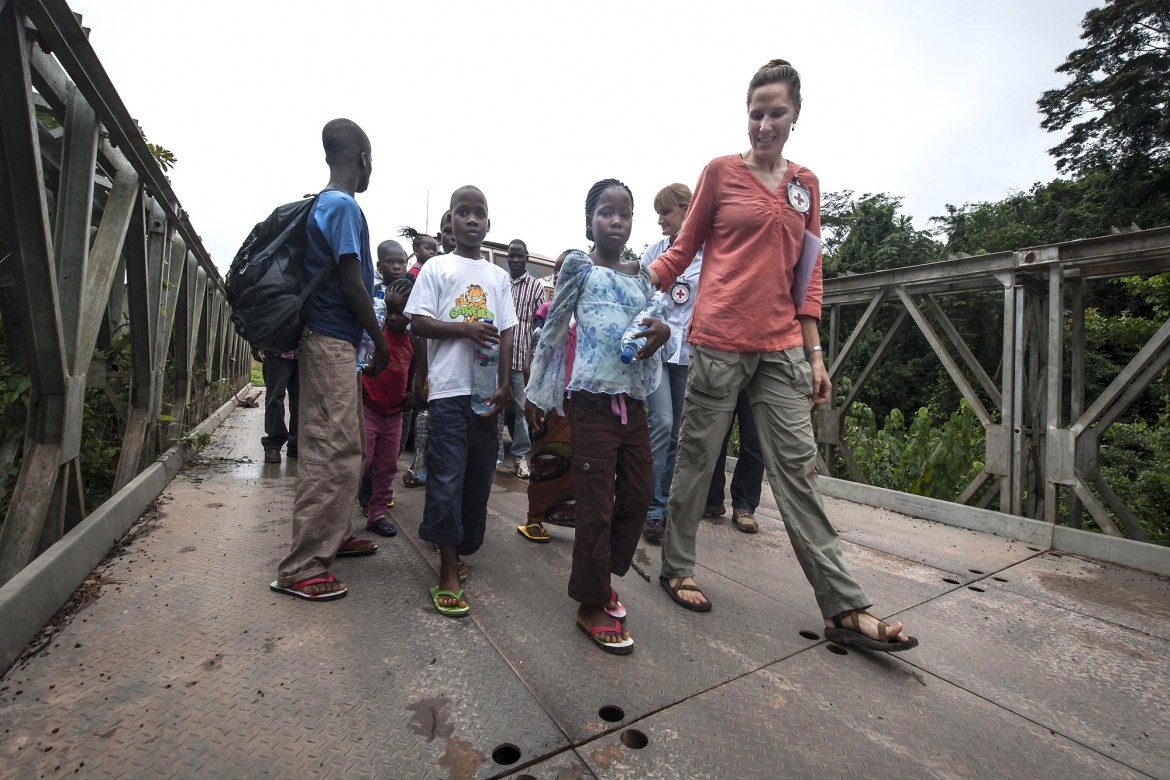 Grand Gedeh County, Cote d’Ivoire, on the border with Liberia, 2013. An ICRC worker crosses the border with a group of children. After a search for their families that lasted two years and a long journey across Liberia, these children were then reunited with their families.ICRC / P. Yazdi / le-e-00583
Grand Gedeh County, Cote d’Ivoire, on the border with Liberia, 2013. An ICRC worker crosses the border with a group of children. After a search for their families that lasted two years and a long journey across Liberia, these children were then reunited with their families.ICRC / P. Yazdi / le-e-00583 The Sisi neighbourhood of Aleppo, Syria, 2013. A little boy shows the cartridges he has collected. For the town’s children, collecting cartridges has become a game.ICRC / H. Vanesian / sy-e-00326
The Sisi neighbourhood of Aleppo, Syria, 2013. A little boy shows the cartridges he has collected. For the town’s children, collecting cartridges has become a game.ICRC / H. Vanesian / sy-e-00326 Transit and re-education centre for former child soldiers, Goma, North Kivu, Democratic Republic of Congo, 2014. These children were removed from the armed forces and armed groups. They live in this camp while awaiting their return to their families. They are followed up and assisted in order to make easier their return to and reintegration into their communities. They are also told about the risks of being re-recruited. The poster says, “I can also help my country by going to school.”ICRC/. Katsuva Kamate
Transit and re-education centre for former child soldiers, Goma, North Kivu, Democratic Republic of Congo, 2014. These children were removed from the armed forces and armed groups. They live in this camp while awaiting their return to their families. They are followed up and assisted in order to make easier their return to and reintegration into their communities. They are also told about the risks of being re-recruited. The poster says, “I can also help my country by going to school.”ICRC/. Katsuva Kamate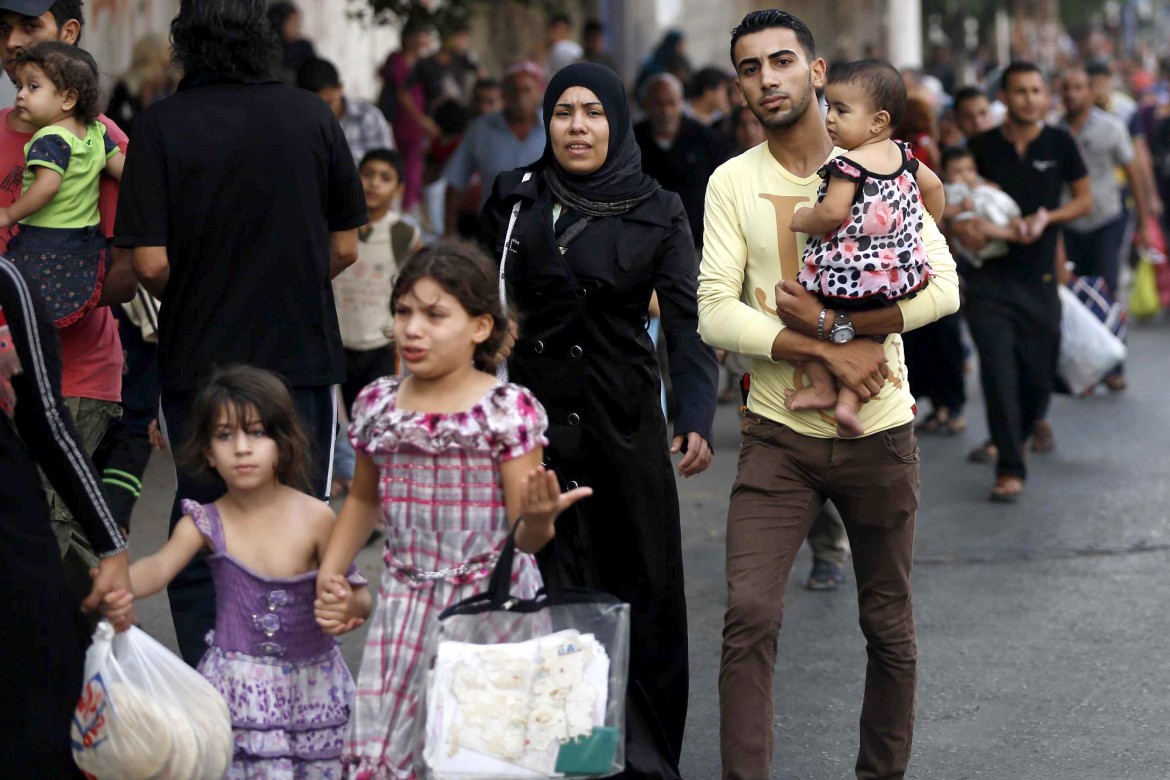 Shejaiya, Gaza, 2014. Civilians flee their homes because of the bombing and shelling. During the most recent hostilities, around 1,900 people were killed and 10,000 injured, a quarter of them children. Some of the children will be disabled for life.ICRC / A. Baba / il-e-02829
Shejaiya, Gaza, 2014. Civilians flee their homes because of the bombing and shelling. During the most recent hostilities, around 1,900 people were killed and 10,000 injured, a quarter of them children. Some of the children will be disabled for life.ICRC / A. Baba / il-e-02829
Wounded, brutalized, jailed, abducted, raped or killed, recruited to fight, deprived of food, water and shelter, orphaned or separated from their families – in wartime children have always been among the most vulnerable victims, despite their strength and their astonishing ability to adapt. Protecting children in wartime, giving them relief and caring for them has always been a priority for the ICRC. Children benefit from most of our programmes, some of which, such as psychological care and restoring family links, are largely designed to meet their needs.

